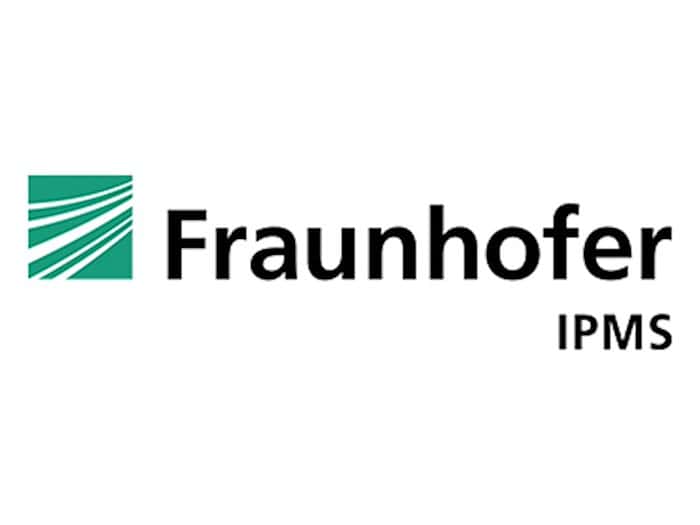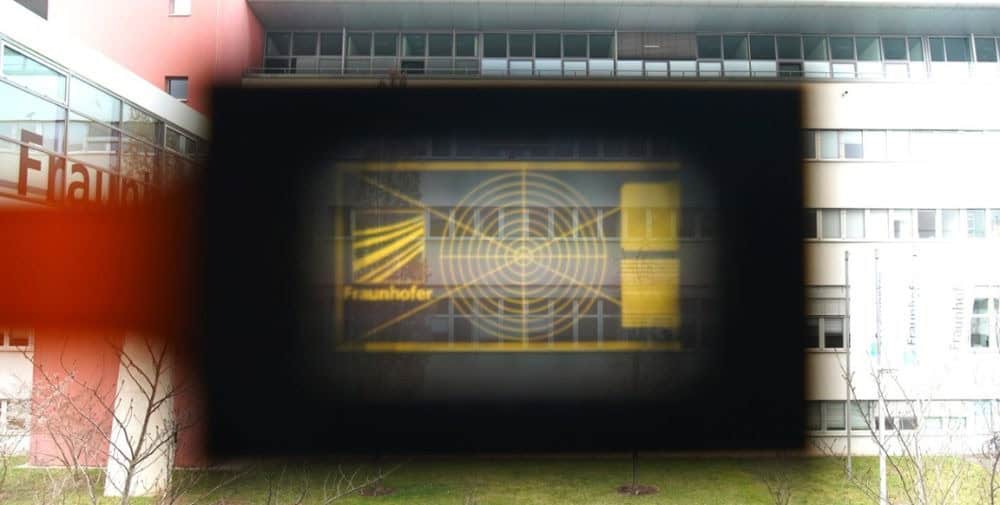
Nowadays, more and more augmented reality (AR) glasses and see-through systems with different areas of application are entering the market. To further increase the acceptance of these devices and improve wearing comfort, it is important that they are easy and simple to use. For mobile consumer electronics devices, the most important acceptance criteria are compactness (volume, weight), battery life as well as connectivity, the app ecosystem and cost.
OLED microdisplays are ideally suited as image generators for virtual reality (VR), AR and mixed reality applications due to their very high resolution and technological level. However, these microdisplays are not transparent due to their silicon-based technology. For use in see-through data glasses and similar devices, a complex optical system is therefore required to date, which enables the combination of real and virtual images (optical combiner). This has a considerable impact on the weight, size and optical efficiency of the glasses as a whole. Current optical see-through near-to-eye (NTE) displays in augmented reality devices attempt to solve the form factor problem through various technical approaches, such as coupling images from non-transparent imagers into waveguide or folded element optics.
Researchers at the Fraunhofer Institute for Photonic Microsystems IPMS have years of experience in developing innovative designs for novel microdisplays and have unique expertise in this field worldwide. Thanks to their newly developed semi-transparent OLED-on-silicon microdisplay technology, completely new possibilities are opening up for the optical design of slim, near-eye optics.
Philipp Wartenberg, Group Leader IC and System Designs at Fraunhofer IPMS, explains: “Modern and advanced silicon CMOS processes are increasingly being applied to silicon-on-insulator (SOI) wafers. This wafer technology can be used to implement very thin circuit layers. With the help of a specific IC design and a suitable process flow, the transfer to a glass wafer and thus the production of semi-transparent microdisplays is possible.”
Depending on the design approach, micro-optics can already be integrated directly on the chip. The transparent microdisplay itself thus becomes an optical combination element, which considerably reduces the size of the optical system and significantly improves optical efficiency. Further internal technology studies indicate that transparencies of over 50% are achievable.
The team is delighted with the successful first technology demonstrator of the transparent microdisplay. They continue to work on increasing transparency and are ready for customer- and application-specific developments to bring this novel technology to market.
About the project HOT
(High-performance transparent and bendable micro-electronics for photonic and optical applications)
This work was funded within an internal Fraunhofer program under grant number MAVO 840092. In addition, the researchers were supported by Fraunhofer IOF in micro-optics.
About Fraunhofer IPMS
The Fraunhofer Institute for Photonic Microsystems IPMS is a leader in applied research and development in the fields of intelligent industrial solutions, medical technology and mobility. Fraunhofer IPMS works on electronic, mechanical and optical components and their integration into miniaturized devices and systems. Its services range from design and product development to pilot production in its own laboratories and clean rooms.
– – – – – –
Further links
👉 www.ipms.fraunhofer.de
Photo: Fraunhofer IPMS




